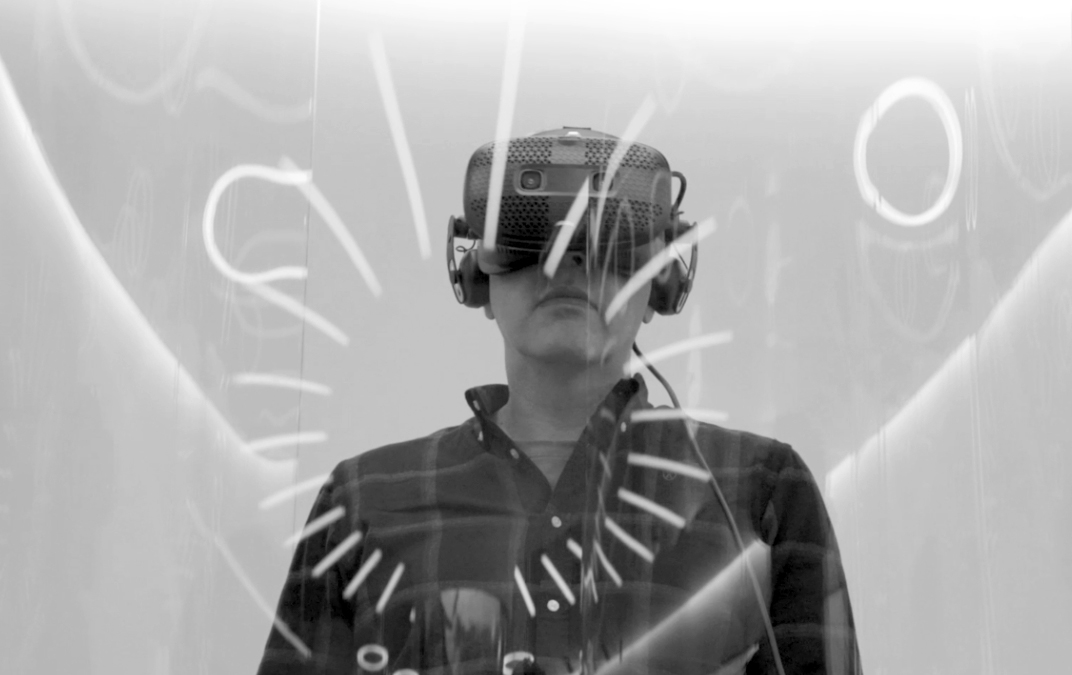Beer foam
- Date
- Written by Miguel Pereira
Lately, everyone has been asking me what is going to happen with "the topic of influencers", as if there were a hot topic that we are all collectively aware of, and even more disturbingly, as if I had inside information on this topic. The truth is that I have no idea what is going to happen with "this topic", but I do have my opinion on the figure of the influencers.
The truth is that it is obvious that after a few years of explosive growth, exploitation, and probably some overexposure, we are at a turning point in influencer marketing. So, without attempting to make predictions, I will try to explain the trends I am currently seeing.
First of all, we should agree on what is a influencerMy definition is: a real person who has a very strong digital presence on certain social networks, with a very wide audience (fans or followers), and a certain ability to recommend certain products or services to their followers. If we agree on this definition, I observe the following:
- A beer foam effect has occurred. After a period of rapid emergence and growth, the use of influencers seems to have stabilised, and when it settles down, I think it will go down a little, quality will be prioritised over quantity, and will consolidate at a stable business level.
- Its use will be more intensive in certain sectors and will decline significantly in others. They will work best in sectors where they can generate better results, due to their credibility and organic fit with the figure of the influencer, such as, above all, the fashion and beauty sectors in general.
- Following on from the previous point, while some brands in these sectors glorify influencers and shift their marketing budgets to move money from traditional media to their digital advocates, other brands are putting on the brakes because they see that this is not the right path for them, either in terms of results or brand building.
The first group would include a large part of the cosmetics, perfume, clothing and accessories industry. Huge companies such as L'Oréal and Estée Lauder are moving in this direction. In the case of Estée Lauder, they may invest up to 75% of their budget in influencers. And if, after several years of working in this direction, they continue to increase their budgets for influencers, believe me, it's because they've measured it and it works for them. It's a business decision.
At the other end of the spectrum are brands such as Samsung. Its new Global CMO, Younghee Lee, has drawn the line. "Every time I review our local marketing programmes and see those huge budgets for influencers, I say no, no, no... Sometimes it's necessary, but what we're really looking for are more real, relatable people".
Lee is thus breaking with a policy established by his predecessor Marc Mathieu, who had invested millions of dollars in recent years in influencers, and had elevated one of them, the well-known YouTuber Casey Nastat, to a kind of creator in chief of the brand. Lee, on the other hand, prefers to devote these resources to creating "community-based marketing” and the new tecnology hubs of Samsung.
Other brands will continue to work with influencers, but with a different approach and on a different scale, such as Adidas with its micro-influencer squads.
In general, in sectors outside the lifestyle, the effectiveness of influencers is increasingly being questioned. A 2019 study by the Association of National Advertisers showed that despite the popularity of influencers rose, effectiveness remained under suspicion. Only 36% of marketing directors said their campaigns had been effective, and 19% said they had not been effective.
Paradoxically, the Achilles heel of the influencers is what they were hired for a few years ago: credibility. We paid them because they had credibility with their audience. After years of monetising that credibility by "selling out" to brands, audiences now doubt their messages and their authenticity. In the worst cases, they can even provoke rejection. According to the Wave Study by the UM agency, most internet users no longer trust what they are told by influencers, and only 4% believe that their messages are true.
And in this context legal issues are now arising. The governments of many countries have begun to require to the influencers to clarify in their messages whether they are advertising posts (paid for by an advertiser) or not. In Spain, we had our first warning just a few days ago. Paulina Eriksson, an instagrammer With 52,000 followers, on 3 October she posted two photos in which she posed with wireless headphones in her ears. She has been reprimanded in a pioneering ruling by Autocontrol, in which, For the first time in Spain, a warning has been issued to a instagrammer that one of its publications violates the regulations by failing to inform its followers that they are viewing promotional content.
Ironically, although it may seem that this trend will limit and hinder influencer marketing, I believe that in the long term it will ultimately be positive for the sector, because it will put an end to the ambiguity that currently prevails. The influencers will be obliged to act transparently, and through this, they will regain some of the credibility that has been called into question. We will move from a "I'm telling you about a pair of headphones, but I'm not saying whether I'm being paid for it or not", to a kind of "I'm being paid to tell you this, but you should know that I really like these headphones, and if I didn't like them, I wouldn't have accepted the money". Those influencers who can read this new context have an opportunity to become strong, while others will fade away.
Despite all the recent noise, there is no doubt that the influencers are a powerful communication tool which, if used well, provides us with undeniable benefits: they allow us to reach their audiences with direct messages; they facilitate brand awareness, because through them we can reach millions of consumers instantly; they are very useful for amplifying other brand messages, multiplying coverage; they are great content generators (and we all know that nowadays there is no relevant marketing without content...). In short, offer undeniable benefits. But they are not for all brands, nor are they worth all the influencers.
And which ones are worthwhile? The key word is authenticity. Those who succeed will be those who manage to preserve their authenticity in a qualitative way, those who take care of their personal brand, and those who have earned notoriety and credibility beyond the digital world. These will continue to constitute an interesting communication platform. On the other hand, those who rely solely on a discourse anchored in an astronomical number of fans will fall; those whose only discourse is to spout banalities in front of the camera just to entertain a mass of more or less brainless teenagers.
And beyond the profile of each influencer, the other end of the authenticity rope is the brand itself. There will never be authenticity if there is no natural and organic fit between the brand and the character. That essential axiom will remain true no matter how much the market evolves.
In the near future more work will be done with smaller influencers (microinfluencers) but with very solid knowledge and prescriptive power in a specific subject area, that with big influencers, but devoid of any authority. The quality and legitimacy of the recommendation matters more than the number of fans.
And since we're talking about numbers, what about tools? We've gone through a period where it seemed that the most important thing about working with influencers was analytics, the figures. Riding that wave, a huge number of tools have proliferated, vying to cover as many figures and as much data as possible. My personal opinion is that these tools are great for research, for getting to know the terrain, but we cannot delegate the relationship with influencers in technology. There is nothing better for achieving great results than working with a specialist agency that knows the trade, knows how to manage and how to activate the influencers. It is a job involving people working with people, where technology plays a secondary role..
And finally, a word of advice for brands that want to play in this field. If we trust an influencer, for communication to be successful, we must trust the tone that person uses to connect with their audience. Every time we try to make the brand's tone prevail, communication becomes contaminated. We must not forget that this audience follows this person because of who he or she is, with their tone, style and universe. If we alter this ecosystem to try to speak with the brand's tone, the magic will be broken.

